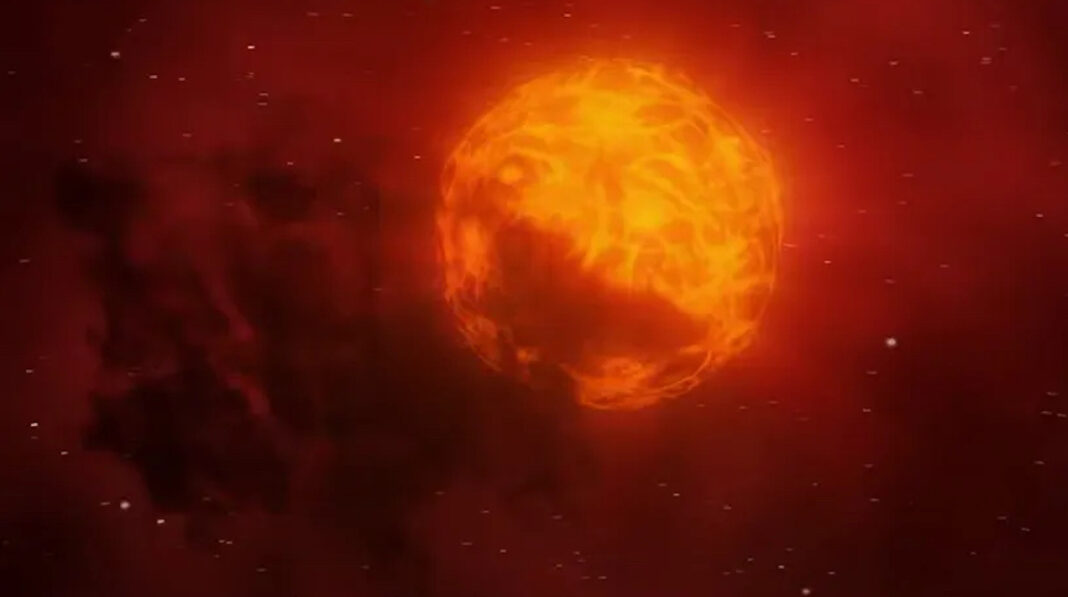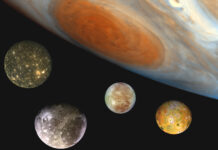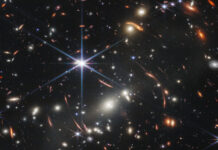Whenever we take a moment to gaze at the stars, we recognize Orion quickly. Most of the stars shaping the Greek hunter’s constellation shine so intensely that light pollution has not diminished them from our view yet. Under Orion’s arm that is holding a club, ready to hit, we find Betelgeuse, its second-brightest star and tenth in the sky. Or was it always like that?
Between November 2019 and March 2020, the red supergiant mysteriously dimmed by thirty-five percent. Astronomers, astonished, called this event the Great Dimming. During their final stage, red supergiants experience substantial mass loss. For this reason, speculations around this event included the possibility that Betelgeuse might be about to collapse and turn into a supernova.
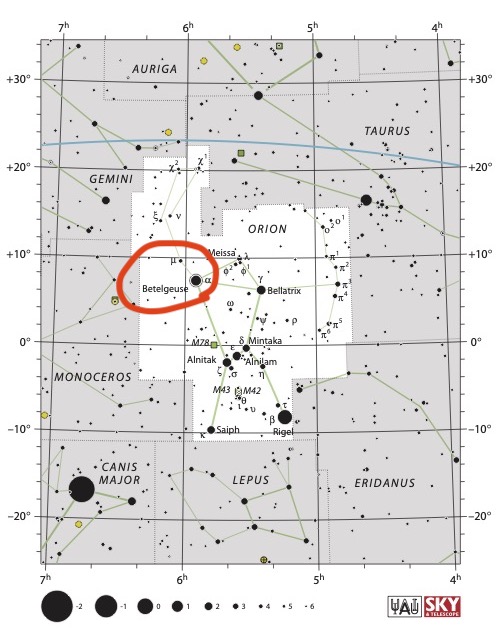
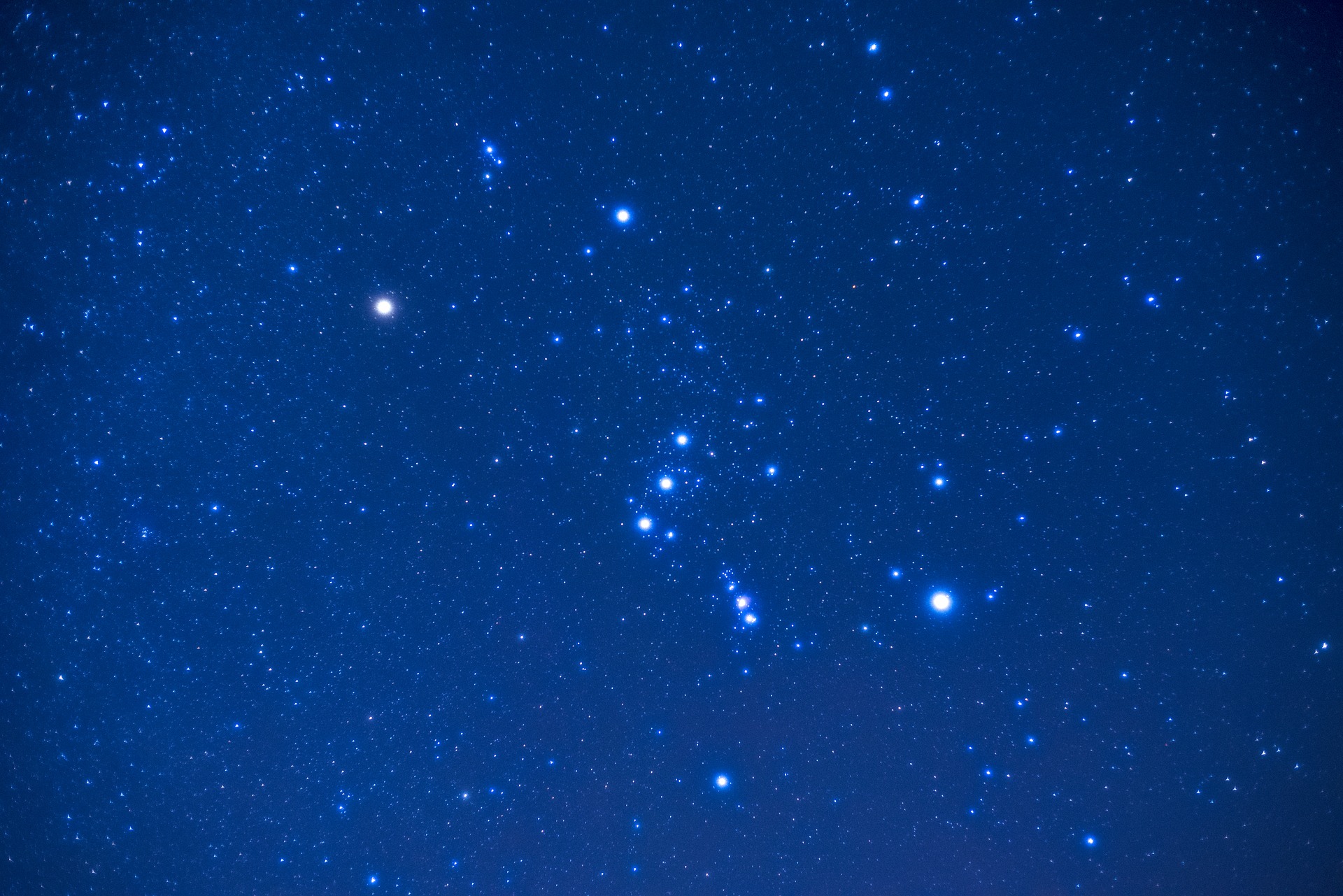
Ground-based and space telescopes immediately turned their attention to the star, looking for answers; including the European Southern Observatory and the Hubble Space Telescope. Since then, astronomers have been considering two hypotheses explaining the remarkable dimming: Either, the star was cooling down, or it ejected lots of mass, producing a dust cloud that blocked the light coming straight to us.
A satellite used as a space telescope helped solve the puzzle
Recently, a team from the University of Tokyo reported that they had used the Japanese meteorological satellite Himawari-8 as a space telescope to study the Great Dimming of Betelgeuse. During Himawari-8’s work routine, it takes pictures of the Earth containing parts of outer space around the Earth’s horizon.
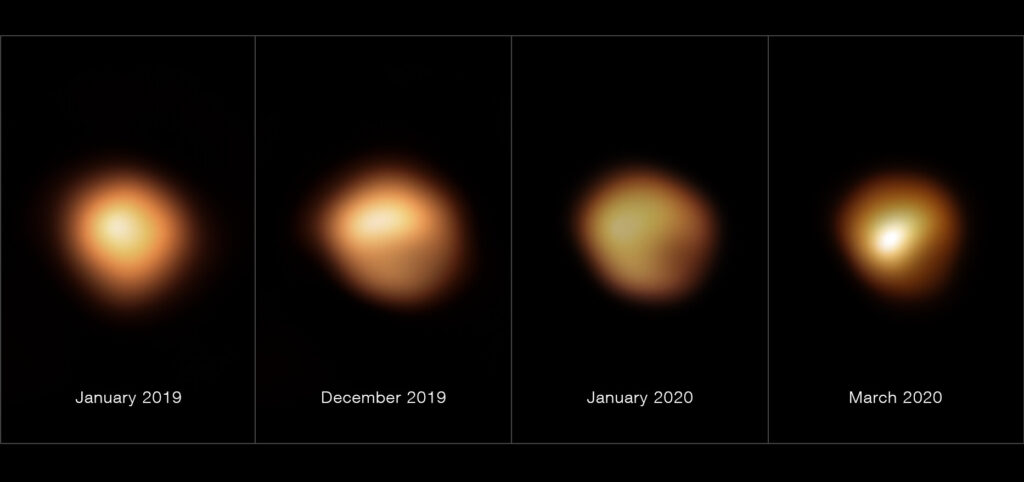
Daisuke Taniguchi and colleagues gathered four and a half years (between 2017 and 2021) of images of the Earth taken by the weather satellite in the optical and mid-infrared wavelengths (between 0.45 and 13.5 micrometers). Thousands of these pictures capture Betelgeuse in the background. Using this valuable survey, the Japanese trio determined changes in the size and temperature, and calculated the amount of dust and gas around the star.
They analyzed the variation of molecular gas and water around Betelgeuse to understand the dust-condensation mechanism that leads to dust and gas clumps. For this purpose, mid-infrared Himawari-8 images were crucial. Usually, the water in the Earth’s atmosphere hinders observations of water around stars from ground telescopes. For this reason, extraterrestrial water studies usually require space telescopes.
However, constructing, launching, and operating space telescopes is expensive. Daisuke Taniguchi and colleagues overcame problems associated with ground-based telescopes by using a satellite that usually tracks weather patterns as a space telescope, saving on budgets.
In their paper, published this week in Nature Astronomy Letters, they confirmed that the Great Dimming is the consequence of a combination of both factors: cooling of the star (they reported by approximately 140 degrees Celsius) as well as having enough dust accumulated nearby to block the light emitted from the star.
It is not the first time that an instrument designed for purposes other than astronomy has been involved in astonishing discoveries. In 1946, an antenna designed by the Bell Laboratory for communications had a constant background noise that was impossible to eliminate. The thought that that noise could come from outer space led Arno Penzias and Robert Wilson to discover accidentally the Cosmic Microwave Background,—the echo of the Big Bang.
Daisuke Taniguchi and his team showed how earth-observing satellites like Himawari-8—whose name means sunflower in Japanese—may serve to investigate this and other astronomical mysteries.
Studying Betelgeuse provides an opportunity to understand the fate of red supergiants and examine the mechanism responsible for the mass loss that drives them to eventually die as supernova.
In April 2020, Betelgeuse recovered its ranking as the tenth brightness star; and it will keep shining for millions of years before a supernova covers up the great hunter.
References
Taniguchi, D., Yamazaki, K., & Uno, S. (2022). The Great Dimming of Betelgeuse seen by the Himawari-8 meteorological satellite. Nature Astronomy. https://doi.org/10.1038/s41550-022-01680-5
